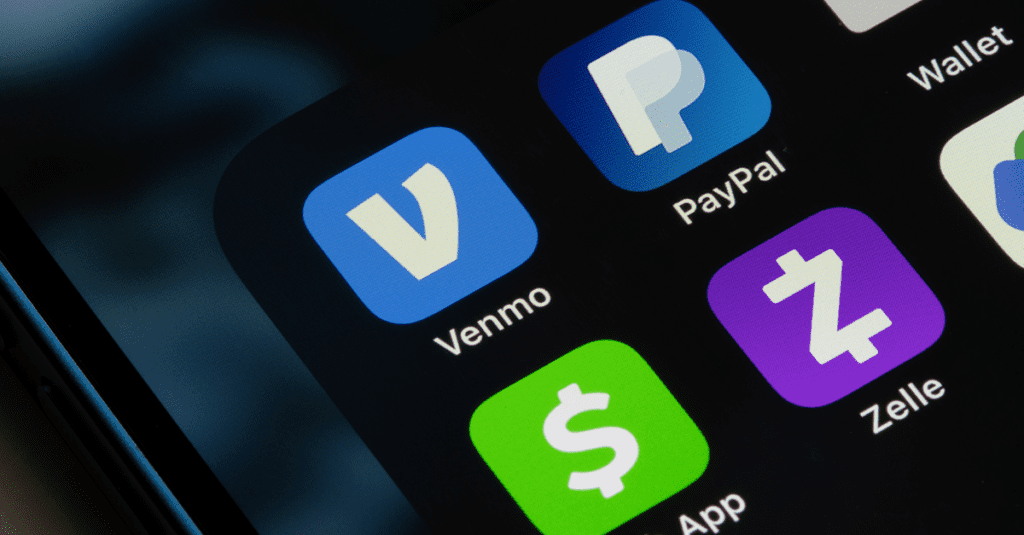
According to Statista, direct payments through apps account for more than 45% of the total peer-to-peer (P2P) payments market. Despite the growth, most people don’t understand the tax implications of these payments.
The most common P2P payment apps include Venmo, PayPal, Zelle, and Cash App. These apps have become popular for paying bills, transferring money to friends and family, or replacing physical cash.
P2P Tax Overview
For 2022 tax filing, the IRS expects P2P payment platforms to report transactions if the total amount received is more than $20,000 or there were more than 200 transactions. The American Rescue Plan of 2021 proposed lowering the reporting threshold to $600 regardless of the number of transactions.
At the end of 2022, the Internal Revenue Service (IRS) announced a delay in implementing the 1099-K filing requirements. The delay is meant to give adequate time to service providers to adjust their systems to meet the new filing requirements.
The IRS expects taxpayers to accurately report their income and any P2P payments that count as income. Additionally, the organization introduced a new tax form (1099-K) for reporting payments received through payment processing services.
Tax Considerations
When it comes to taxes and P2P payments, there is a lot to consider. Generally, any payment received through P2P platforms should be reported as income on your tax return if the payment counts as taxable income. This includes payments for services rendered or goods sold.
The IRS also requires taxpayers to report any capital gains from P2P payments. Any gains from investments, such as stocks, should also be reported on taxes.
In line with the changes to the 2022 tax laws, taxpayers need to take proactive steps to prepare. This includes obtaining relevant documents and records to help you accurately report income on your tax return. Additionally, you should ensure all applicable taxes are paid in time to avoid any penalties or interest charges.
In 2023, a wider bracket of taxpayers will be required to report P2P payments because of the lower threshold of $600. This means more taxpayers will need to know the tax implications and associated paperwork for P2P payments.
What to Do Moving Forward Regarding Tax Prep
Changes in tax laws always require taxpayers to be up to date with the latest regulations and filing requirements. When it comes to P2P payments, taxpayers need to keep records of all their transactions throughout the year.
To ensure accuracy in reporting income on your tax return, you should collect relevant documents like 1099 forms when available. Additionally, you should ensure that all applicable taxes are paid on time.
Taxpayers can also use online tax preparation software to help them accurately report P2P payments on their tax returns. These tools automate the process of filing taxes and generate accurate forms quickly and efficiently.
Conclusion
Overall, understanding the tax implications associated with P2P payments is vital for all taxpayers. With the introduction of the new 1099-K and IRS reporting threshold, there are several considerations to make when preparing your taxes.
As always, consult with a tax professional if you have any questions or need assistance.




